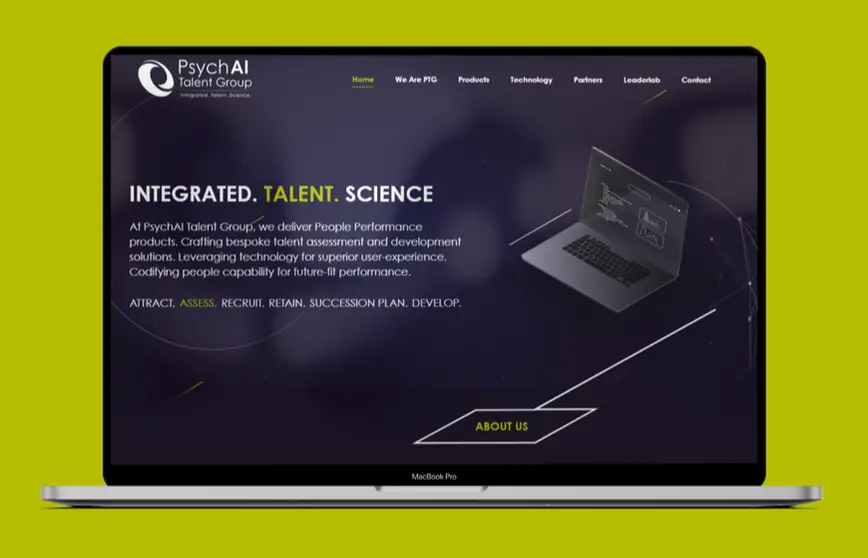User Experience
Improving the UX design of a digital product increases product value, enhances customer satisfaction and builds brand loyalty. We offer design thinking-based and technology driven services in digital product innovation, mobile application and web development, customer experience management, and digital transformation. Our service offerings include:
Personas
client brief, define project, technical specs, timeline
Journey maps
understand, integrate, create visuals, refine and approve
Wireframes
test, optimize, launch, market, support
Prototypes
client brief, define project, technical specs, timeline
User Testing
build, code, content integration, functional elements
Analysis
test, optimize, launch, market, support
Our Design Thinking Process
Design thinking is about how you approach problems and challenges and how you define solutions. The overall objective is to generate innovative concepts based on a deep understanding of what people need and want. The customer or target group is always at the centre of the different process phases. We follow this step by step approach:
In the first phase of the process, we gain an empathetic understanding of the problem we’re trying to solve, typically through user research. Empathy is crucial to a human-centered design process such as design thinking because it allows us to set aside our own assumptions about the world and gain real insight into users and their needs. In this phase of the project, we create user personas, user stories and user journey maps.
In the define phase, we accumulate the information gathered during the Empathize stage. We analyze the observations and synthesize them to define the core problems we have identified. These definitions are called problem statements. In this stage of the process, we conduct competitor audits and analyze the findings.
Now, we're ready to start brainstorming and generate ideas. The solid background of knowledge from the first two phases means we can start to “think outside the box”, look for alternative ways to view the problem and identify innovative solutions to the problem statement we’ve created.
This is an experimental phase. The aim is to identify the best possible solution for each problem found. Our UX design team create wireframes, low-fidelity prototypes and produce a scaled-down versions of the product (or specific features found within the product) to investigate the ideas we've generated.
Although this is the final phase, design thinking is iterative: We use the results to redefine one or more further problems. We can also return to previous stages to make further iterations, alterations and refinements – to find or rule out alternative solutions.
UX Design Tools We Use
No matter the industry, device, project objective or technology platform, we’re driven to improve the human relationship with technology by designing and building meaningful connections between companies and their customers. In the process, we've gained expertise in industry standard UX design techniques and tools, such as:
Figma
Adobe XD
Sketch
Marvel
Our Work
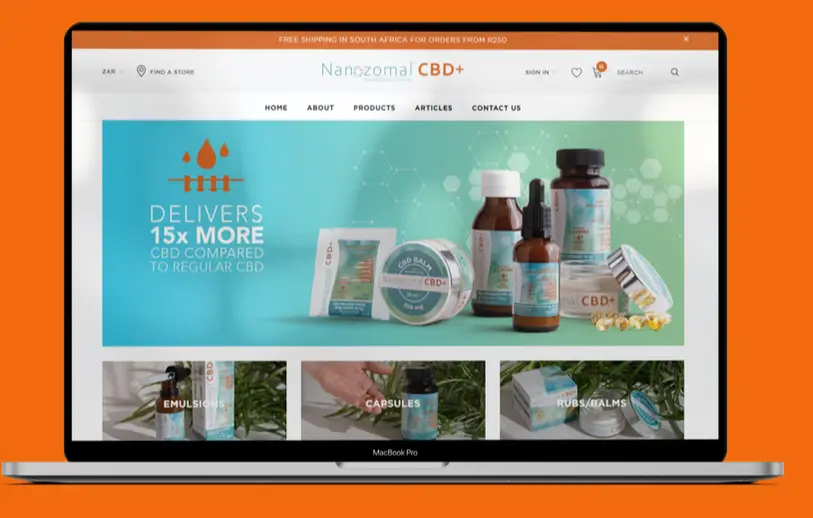
Shopify shop design
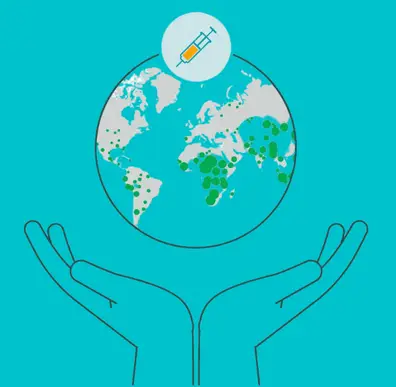
Motion graphics design

eCommerce website

Shopify shop design

Motion graphics design

UX and UI design

UX and UI design
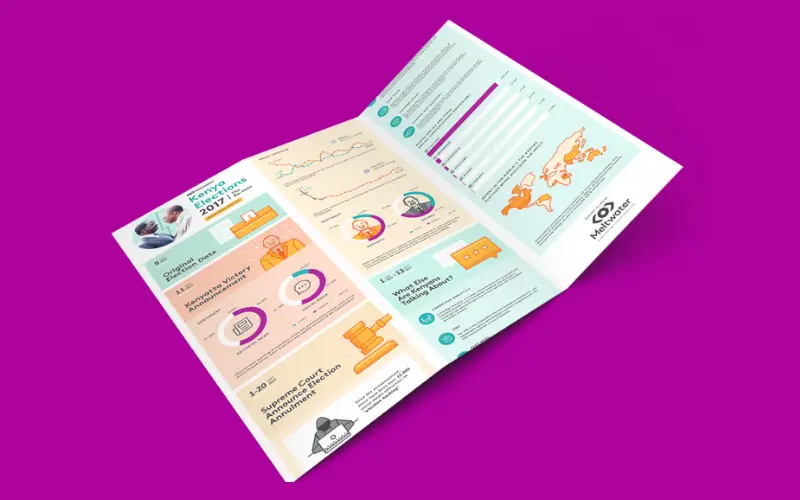
Infographic design

Motion graphics design
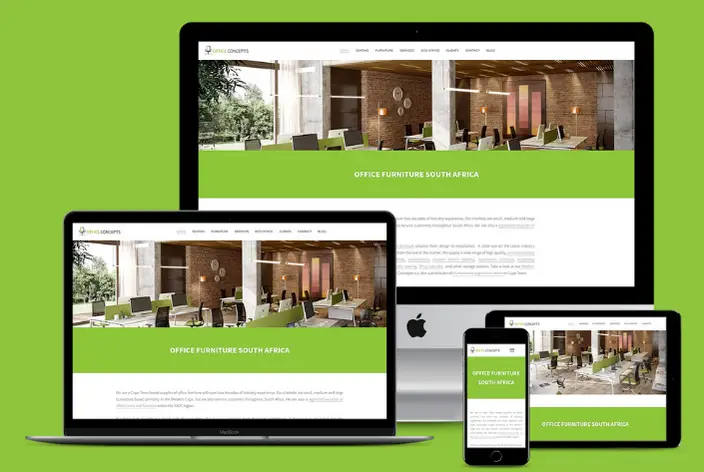
Website design
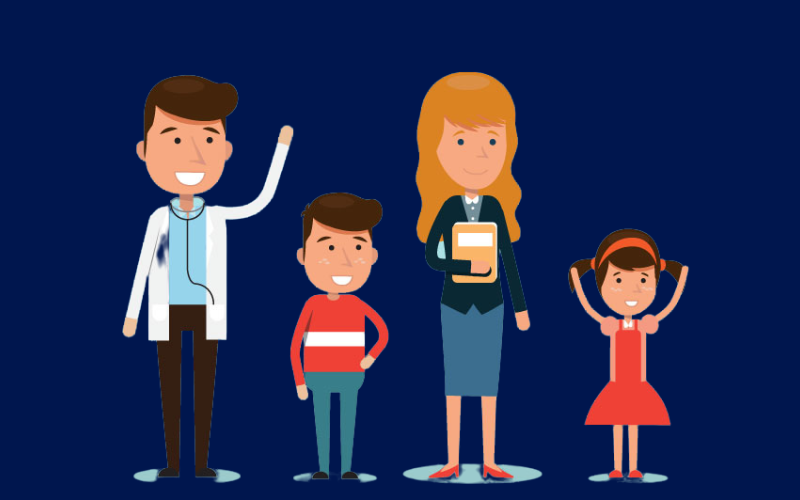
Explainer Video

Animation
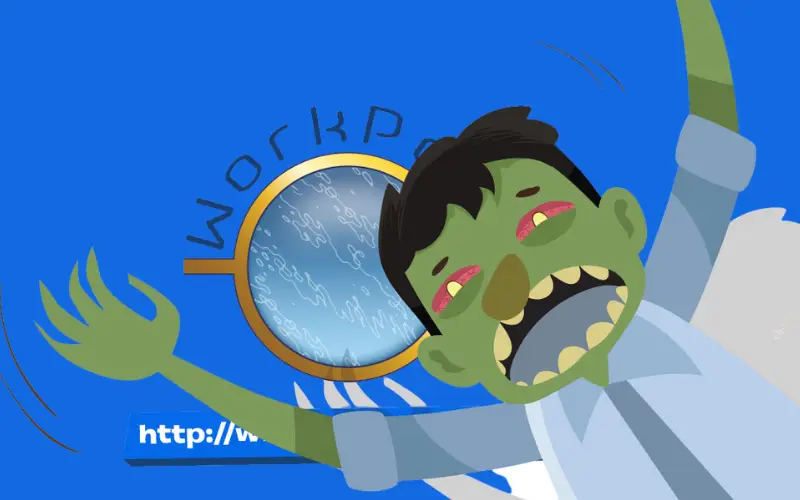
Product explainer video

eCommerce website

Shopify shop design

Website design
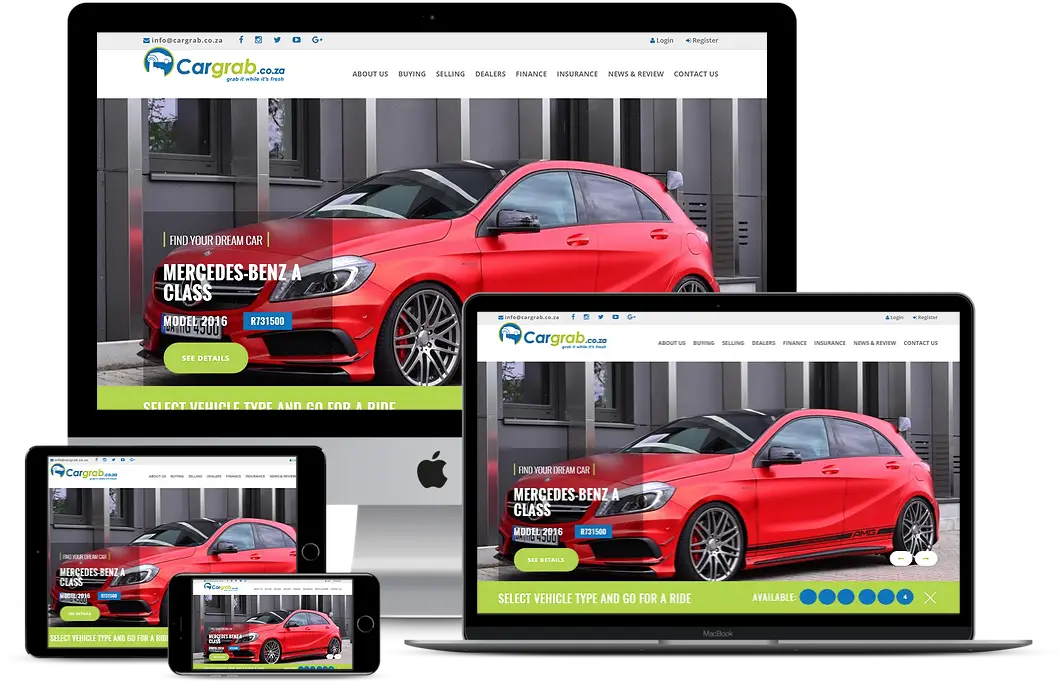
Marketplace platform
